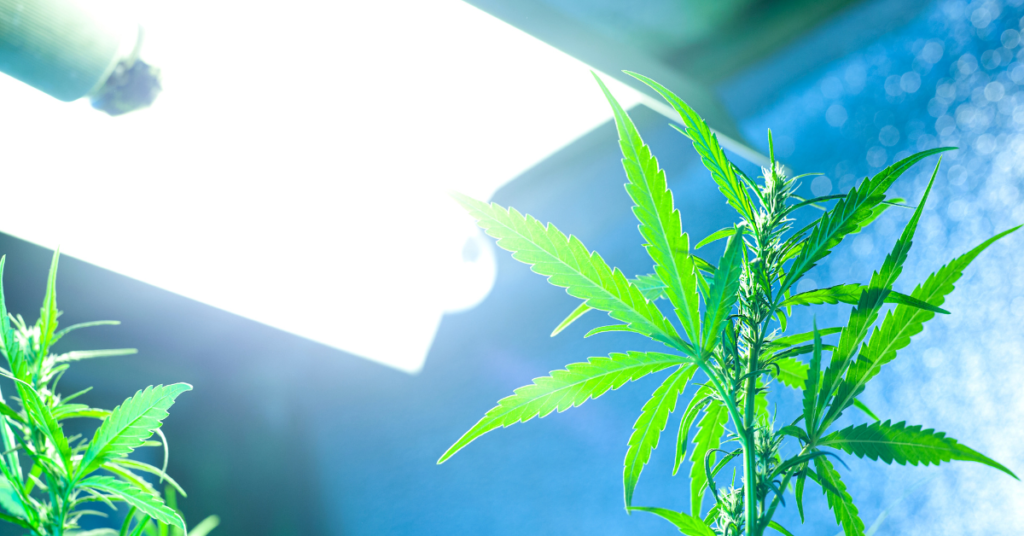Indoor cannabis cultivation is the practice of growing cannabis plants within a controlled environment, such as a grow room or a grow tent, as opposed to cultivating the plants outdoors.
This cultivation method offers growers greater control over various aspects of the growing process, such as lighting, temperature, humidity, and nutrient levels.
By carefully managing these factors, growers can produce high-quality cannabis that meets their preferences and requirements.
Over the past few years, indoor cannabis cultivation has become increasingly popular among recreational and medicinal users.
This can be attributed to the growing acceptance of cannabis use globally, the availability of specialized equipment, and the potential for higher yields and potency compared to outdoor growing.
Moreover, indoor cultivation offers privacy and security, particularly appealing to those residing in regions with strict cannabis regulations.
Table of Contents
Advantages of Growing Cannabis Indoors
Growing cannabis indoors offers several advantages over outdoor cultivation.
First and foremost, an indoor grow environment allows for complete control over the growing conditions, enabling growers to optimize factors such as light, temperature, and humidity for their specific cannabis strains. This level of control can result in higher yields and more potent buds.
Second, indoor growing offers a level of privacy and security that is not possible with outdoor cultivation. This is particularly important for growers who live in areas where cannabis cultivation may be frowned upon or even illegal. Additionally, indoor growing eliminates the risk of theft, which can be a concern for outdoor growers.
Third, indoor cannabis cultivation is not subject to the whims of Mother Nature. This means that growers can cultivate cannabis year-round, regardless of the weather or season. As a result, indoor growers can produce multiple harvests per year, whereas outdoor growers are typically limited to one harvest per growing season.
Essential Equipment for Indoor Cannabis Cultivation
To get started with indoor cannabis cultivation, you will need to invest in some essential equipment. This includes:
Grow space
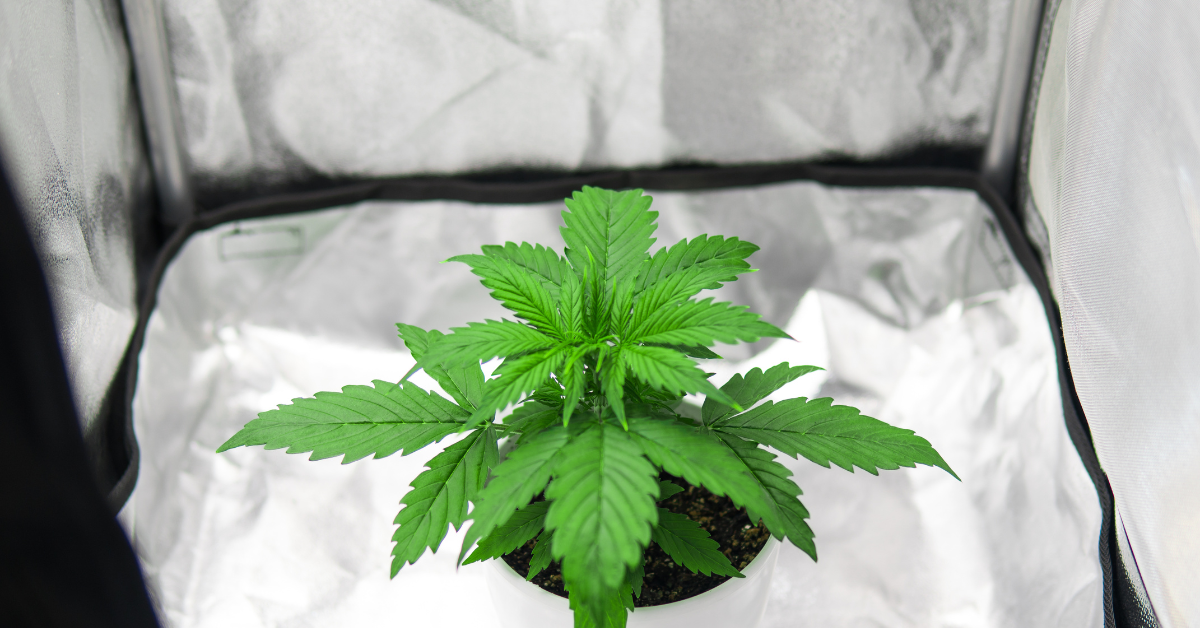
This can be a dedicated grow room, tent, closet, or cabinet. The size of the grow space will depend on the number of plants you intend to grow and the available space in your home.
Grow lights
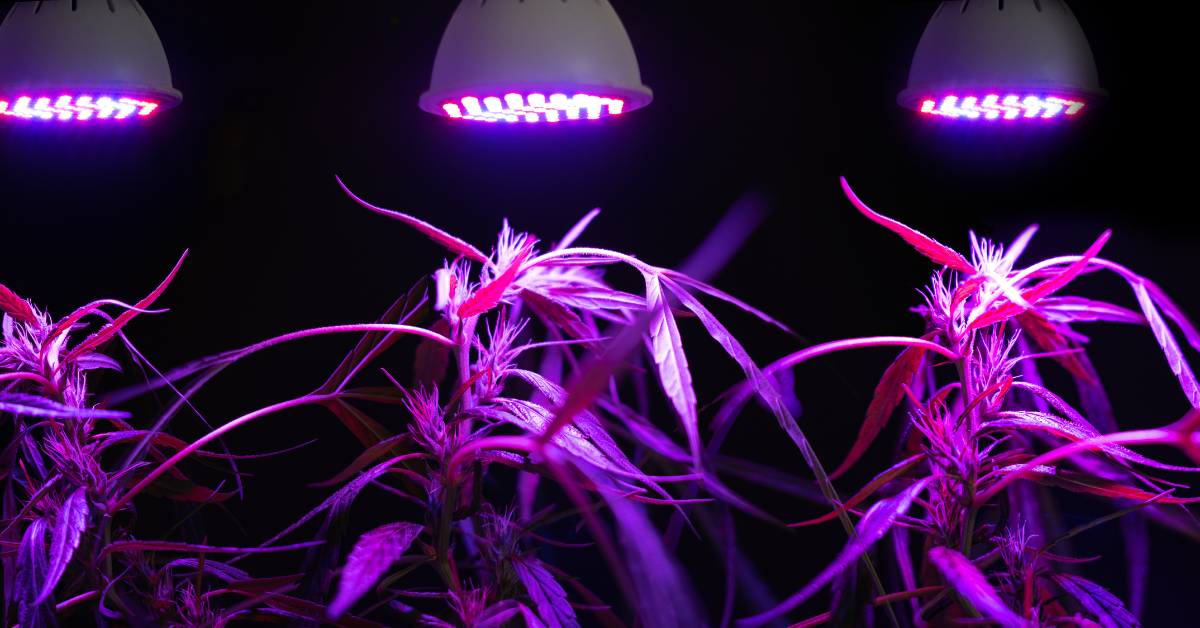
High-quality grow lights are crucial for indoor cannabis cultivation, providing the necessary light spectrum to support healthy plant growth.
There are several types of grow lights available, including high-intensity discharge (HID) lights, compact fluorescent lights (CFLs), and light-emitting diode (LED) lights.
Each type has advantages and disadvantages, so choosing the right lighting solution for your needs and budget is essential.
Ventilation system

Proper air circulation is vital for maintaining optimum temperature and humidity levels in your grow space.
A ventilation system typically consists of an exhaust fan, intake fan, and ducting to move air in and out of the grow space.
Temperature and humidity control
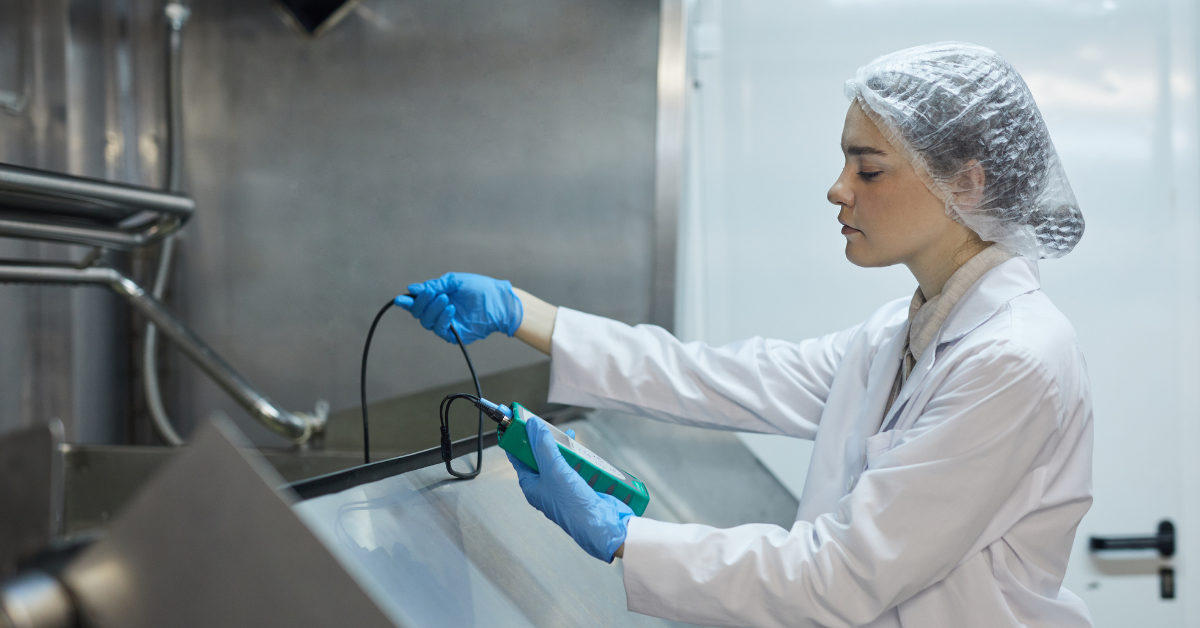
Indoor cannabis plants thrive in specific temperature and humidity ranges, so it’s crucial to maintain these conditions for optimal growth.
This can be achieved using a combination of heaters, air conditioners, humidifiers, and dehumidifiers.
Growing medium and containers
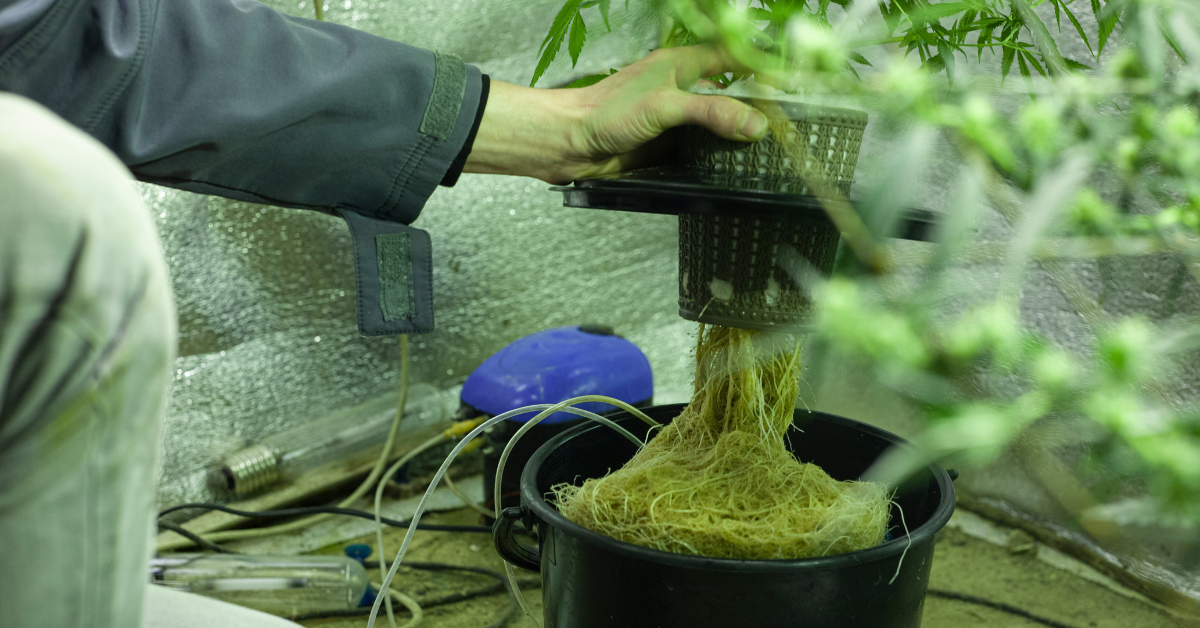
Cannabis plants can be grown in soil, coco coir, or hydroponic systems. You must select a suitable growing medium and containers that provide adequate plant drainage and support.
Nutrients and supplements

Cannabis plants require specific nutrients and supplements to support healthy growth and development.
These nutrients can be found in organic and synthetic forms and should be carefully monitored to prevent deficiencies or nutrient burn.
Choosing the Right Cannabis Strains for Indoor Growing
Not all cannabis strains are well-suited for indoor cultivation. Some strains may grow too tall, require excessive light, or exhibit other characteristics that make it challenging to grow indoors.
To ensure success in your indoor cannabis garden, it’s essential to choose strains known for their adaptability to indoor environments.
Indica-dominant strains tend to be more compact and bushier, making them ideal candidates for indoor cultivation. They also typically have shorter flowering times than Sativa-dominant strains, which can be advantageous in maximizing the number of harvests per year. Some popular indica-dominant strains for indoor growing include Northern Lights, Blueberry, and Critical Kush.
However, if you prefer sativa effects or are looking for a balanced hybrid, plenty of options are also available. Some well-suited sativa or hybrid strains for indoor cultivation include Jack Herer, White Widow, and Girl Scout Cookies.
Optimal Environmental Conditions for Indoor Cannabis Growth
Creating the ideal environment for indoor cannabis plants is crucial for achieving a successful harvest. Below are some key factors to consider when setting up your grow space:
Temperature: Cannabis plants generally thrive in temperatures between 70-85°F (21-29°C) during the vegetative stage and 65-80°F (18-26°C) during the flowering stage.
Maintaining a consistent temperature within these ranges is essential to promote healthy plant growth and prevent stress or damage.
Humidity: Indoor cannabis plants require different humidity levels depending on their growth stage.
During the vegetative stage, a relative humidity of 40-70% is ideal, while a range of 40-50% is recommended during the flowering stage.
Maintaining proper humidity levels helps prevent mold growth and nutrient deficiencies.
Air circulation: Adequate air circulation is essential for maintaining optimal temperature and humidity levels and preventing the buildup of mold and pests.
Make sure your grow space has a ventilation system in place, and consider using oscillating fans to promote air movement within the grow area.
CO₂ levels: Cannabis plants require carbon dioxide (CO₂) for photosynthesis, and increasing the CO₂ levels in your grow space can significantly boost plant growth and yields.
However, this should only be attempted by experienced growers, as too much CO₂ can harm plants and humans.
The Importance of Proper Lighting in Indoor Cannabis Cultivation
Light is a critical factor in indoor cannabis cultivation, as it directly impacts plant growth, development, and overall yield.
When selecting grow lights for your indoor garden, there are several factors to consider, including:
Light spectrum: Cannabis plants require different light spectrums during their growth stages. During the vegetative stage, plants need more blue light, while the flowering stage requires more red light.
Many modern grow lights, such as LEDs and full-spectrum HIDs, are designed to provide the appropriate light spectrum for each growth stage.
Intensity and duration: The intensity and duration of light exposure also play a significant role in indoor cannabis growth.
During the vegetative stage, cannabis plants require 18-24 hours of light per day, while the flowering stage requires a 12/12 light/dark cycle.
Make sure your grow lights are powerful enough to provide adequate light intensity and have a timer in place to regulate the light cycle.
Energy efficiency: Grow lights can consume a significant amount of electricity, so it’s important to consider the energy efficiency of your lighting system.
LEDs are known for their energy efficiency and long lifespan, making them a popular choice for indoor cannabis growers.
Watering and Nutrient Management for Indoor Cannabis Plants
Proper watering and nutrient management are crucial for maintaining healthy indoor cannabis plants.
Overwatering or underwatering can cause a range of issues, from root rot to nutrient deficiencies. To ensure your plants receive the appropriate amount of water, follow these guidelines:
Watering frequency: The frequency of watering will depend on factors such as the size of your plants, the growing medium, and the ambient temperature and humidity.
Generally, you should water your plants when the top inch of the growing medium feels dry to the touch. This may require watering every few days or more frequently in some cases.
Nutrient management: Cannabis plants require specific nutrients at different stages of growth, including nitrogen (N), phosphorus (P), and potassium (K), as well as secondary nutrients and micronutrients.
Be sure to use a high-quality cannabis-specific nutrient solution and follow the manufacturer’s instructions for application rates and frequency.
pH management: The pH level of your growing medium and water can greatly impact nutrient availability and uptake.
Cannabis plants prefer a slightly acidic pH of 6.0-6.5 for soil and 5.5-6.5 for hydroponic systems.
Regularly test the pH of your water and growing medium and make adjustments using pH up/down products.
Pest Control and Disease Prevention in Indoor Cannabis Gardens
Pest and disease management is an essential aspect of indoor cannabis cultivation.
Maintaining a clean and well-ventilated grow space can significantly reduce the risk of pest infestations and disease outbreaks.
However, it’s also important to be proactive in monitoring for signs of pests and diseases and addressing any issues promptly.
Pest prevention: Regularly inspect your plants for signs of pests, such as aphids, spider mites, and thrips. If you notice any pests, address the issue immediately using non-toxic methods, such as insecticidal soap, neem oil, or predatory insects.
Disease prevention: Fungal diseases, such as powdery mildew and bud rot, are common issues in indoor cannabis gardens.
To prevent these issues, maintain proper temperature and humidity levels, ensure adequate air circulation, and promptly remove any dead or diseased plant material.
Quarantine new plants: If you introduce new plants to your grow space, be sure to quarantine them for at least two weeks to prevent the introduction of pests or diseases.
Harvesting, Drying, and Curing Indoor Cannabis
The final stage of indoor cannabis cultivation is harvesting, drying, and curing your buds. Properly harvesting, drying, and curing your cannabis can significantly impact your final product’s potency, flavor, and overall quality.
Harvesting: The optimal time to harvest your cannabis plants depends on the strain and your personal preferences.
Generally, you should look for signs that the trichomes have matured, such as a change in color from clear to milky or amber.
You can use a magnifying glass or jeweler’s loupe to inspect the trichomes more closely.
Drying: After harvesting, hang your cannabis buds upside down in a dark, well-ventilated area with a consistent temperature of around 60-70°F (15-21°C) and humidity of 45-55%.
The drying process typically takes 7-14 days, depending on the size of the buds and the environmental conditions.
Curing: Once your buds are dry, trim away any excess leaves and place the buds in airtight glass jars. Store the jars in a cool, dark place and open them daily to allow fresh air in and prevent mold growth.
The curing process should last at least two weeks but can continue for several months to further improve the flavor and potency of your cannabis.
Troubleshooting Common Challenges in Indoor Cannabis Cultivation
Like any gardening endeavor, indoor cannabis cultivation can present its unique challenges. Some common issues that indoor growers may encounter include:
Nutrient deficiencies or toxicities: Symptoms of nutrient deficiencies or toxicities can include yellowing leaves, stunted growth, and poor bud development.
Regularly monitor your plants for signs of issues and adjust your nutrient regimen as needed.
Pests and diseases: As mentioned earlier, pest and disease prevention is crucial for maintaining a healthy indoor cannabis garden.
Be proactive in monitoring for signs of pests and diseases and address any issues promptly using non-toxic methods.
Environmental issues: Maintaining optimal temperature, humidity, and air circulation is essential for indoor cannabis cultivation.
Invest in quality equipment and regularly monitor your grow space to ensure optimal conditions are maintained.
Conclusion and Future Prospects in Indoor Cannabis Cultivation
Indoor cannabis cultivation offers recreational and medicinal users a rewarding and enjoyable hobby.
By following the advice and tips provided in this comprehensive guide, you can successfully master the art of indoor cannabis cultivation and produce high-quality, potent buds in the comfort of your own home.
As the cannabis industry continues to grow and evolve, there will undoubtedly be new techniques, equipment, and strains that will further enhance the indoor growing experience.
Stay informed and open to new ideas, and you’ll be well on your way to becoming an expert indoor cannabis cultivator.
